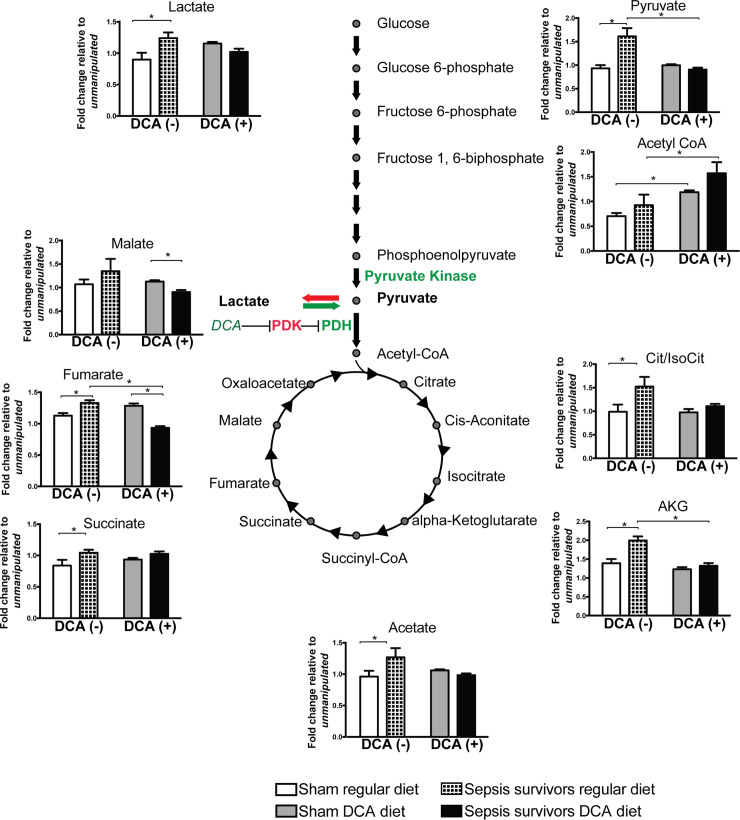Fig 6. DCA promotes a shift from aerobic glycolysis to oxidative phosphorylation in flies surviving sepsis.
We studied changes in metabolite levels in sham and sepsis survivors with or without DCA treatment. We used the unmanipulated flies to normalize metabolite concentrations in sham and sepsis survivor groups. Sepsis led to acetate, lactate, and TCA metabolite accumulation such as pyruvate, citrate/isocitrate, α-ketoglutarate, succinate, and fumarate among sepsis survivors on regular diet compared to sham groups on regular diet. When flies were fed DCA, infection effect was partially reversed with a decrease in lactate among sepsis survivors returning to levels similar to that in the sham group. Only malate and fumarate were significantly lower in sepsis survivors compared to sham group while on DCA. In addition, DCA diet led to decreased fumarate, α-ketoglutarate and pyruvate levels in comparison to sepsis surviving flies on regular diet. Once exposed to DCA, the TCA metabolites were either brought back to baseline–like succinate- or decreased lower than sham in sepsis survivors. In summary, DCA reversed the systemic metabolic signatures of aerobic glycolysis among survivors of sepsis. The number of biological repeats for TCA analysis was n = 5.

